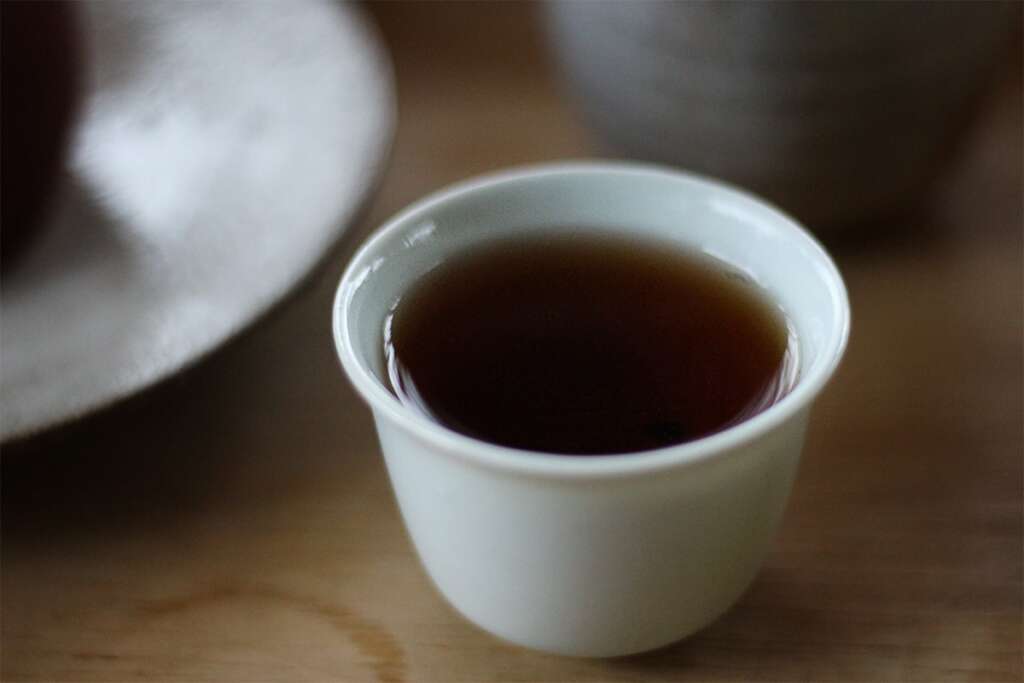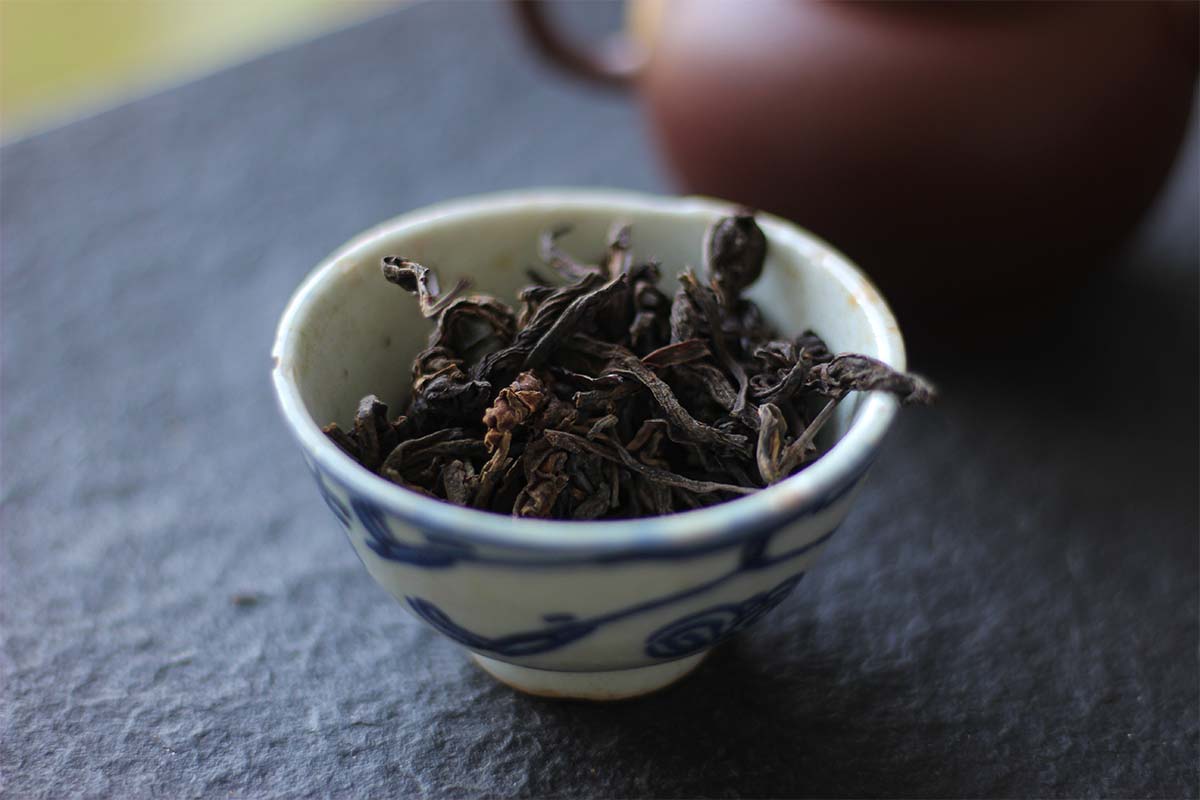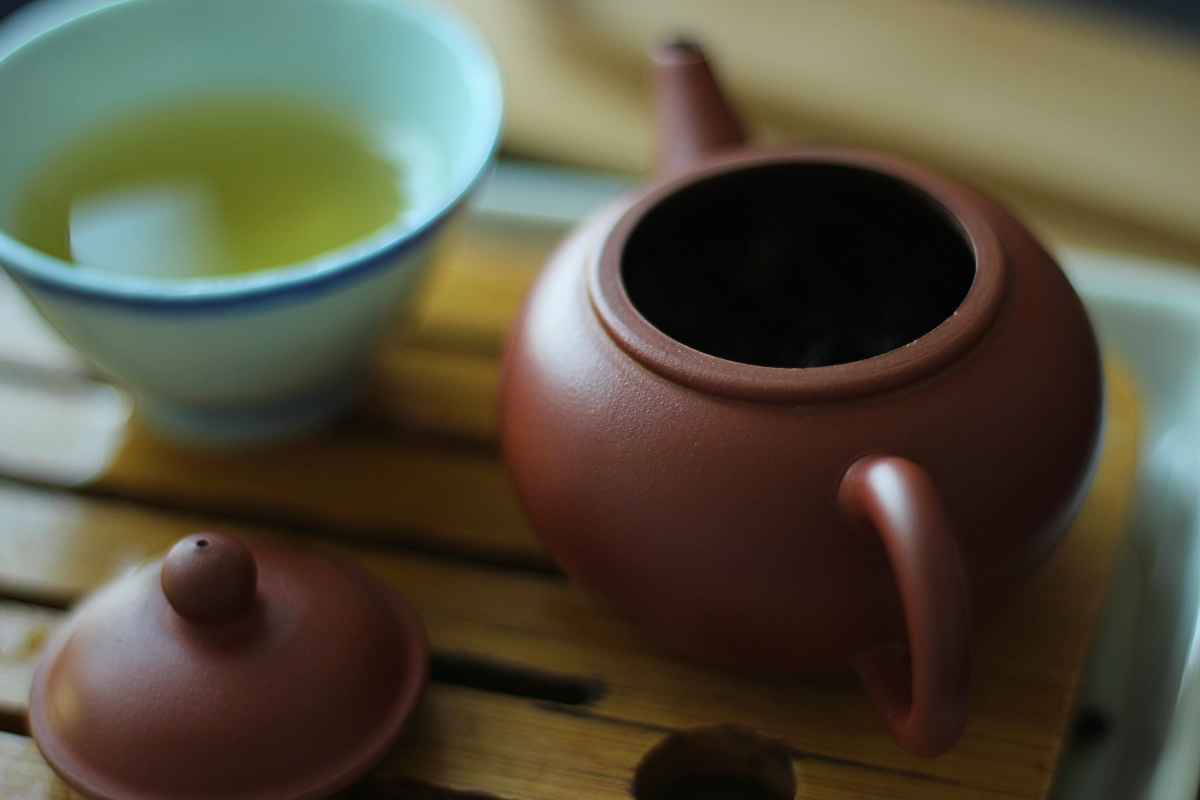Caffeine is an important topic when drinking tea so it’s definitely worth looking into. This article discusses what caffeine is and what affects the amount of caffeine in puerh tea.
Caffeine is a natural stimulant found in tea so puerh tea definitely has caffeine in it. The main factors that determine the amount of caffeine in puerh tea are the part of the tea plant that is used, the processing of the leaves, the age of the tea and brewing time.
What is caffeine
Before discussing how much caffeine there is in puerh tea, it’s important to know what caffeine is and what its effects are. According to Wikipedia:
Caffeine is a central nervous system (CNS) stimulant of the methylxanthineclass. It is the world’s most widely consumed psychoactive drug. Unlike many other psychoactive substances, it is legal and unregulated in nearly all parts of the world.
https://en.wikipedia.org/wiki/Caffeine
Caffeine is a natural stimulant that affects and/or stimulates our body in several ways. There are positive effects of caffeine, but there are also negative effects.
Positive effects include increased focus, enhanced performance, improved reaction time and reduced fatigue. Negative effects are anxiety, feeling overactive and sometimes even panic attacks.
Caffeine stimulates our body by sticking to receptors in the brain. Some of these receptors are responsible for feeling tired and this usually increases throughout the day. Caffeine sticks to these receptors so you’ll feel less tired and more awake. Of course, this story is much more complicated but this is a basic explanation of how caffeine works.
Caffeine in tea
Most people ingest caffeine through coffee, but caffeine is also found in tea. Tea is made from the Camellia Sinensis plant and this is one of the few plants that produce caffeine.
Caffeine in coffee and tea are similar, but there are quite a few differences. The major difference between them is the fact that tea also contains theanine, which is an amino acid that affects your mood and improves relaxation.
Theanine in combination with caffeine improves the positive effects of caffeine while mitigating the negative effects. In short, this means that drinking tea usually results in the positive aspects of caffeine while reducing the negative effects of this stimulant. This means that after drinking tea, most people will experience a state of ‘mindful alertness’ with an increased cognitive awareness without feeling anxious or overactive.
Caffeine in tea also has a more moderate effect as it enters the body more slowly and over a longer time period. So the effect is less intense and stays around for longer.
It’s difficult to give exact numbers of how much caffeine there is in tea because it depends on several factors such as processing, material, age and brewing time, … Every tea is different, especially when you’re drinking single-origin loose leaf tea.
Caffeine in puerh
Many people think puerh is high on caffeine because aged puerh and ripe puerh tea brew a dark color. They assume that dark teas contain more caffeine than lighter teas. Comparing it to coffee might be a possible explanation for this reasoning.
However, in 2009, scientists discovered that there is no correlation between the type of tea and the amount of caffeine. They published an article in the Journal of Analytical Toxicology in October 2008.
Puerh tea is divided into two main categories: ripe (shu) puerh and raw (sheng) puerh. Ripe puerh undergoes artificial fermentation during production, while sheng puerh ferments naturally over time.
These two types of puerh tea have different levels of caffeine because there are several factors that determine the amount of caffeine.
Material
The first major factor that affects the amount of caffeine in tea is the leaves themselves. Different materials and parts of the tea plant are used for particular teas. If a puerh cake is made using buds, that tea will have more caffeine in it because buds contain more caffeine.
The tea plant produces caffeine to protect itself against all kinds of insects. Buds are the part that insects usually go for, so they have more caffeine as a natural defense mechanism.
If you’re brewing a gong ting shu puerh, chances are high that it has more caffeine than a young sheng. A gong ting shu puerh usually contains more buds and they have more caffeine than regular leaves.
Processing
The processing affects caffeine in tea as well, but there is some debate about this. Some people say that processing increases the amount of caffeine, while others say the opposite.
One side says that the more one processes a tea, the less caffeine it has. For example, shu puerh is wet piled and some yeasts break down caffeine during this fermentation process.
The other side says that the wet-piling process encourages bacterial and fungal fermentation, which leads to higher levels of caffeine.
You can see there is some debate about the way processing affects caffeine in puerh tea, but I favor the first side. I believe the amount of caffeine decreases the more a puerh tea is processed. This implies that young sheng puerh usually has higher caffeine levels than shu puerh.
Age of the tea
The age of puerh tea also has a big effect on the amount of caffeine. Aging puerh tea causes changes in the leaves and cell structure of the leaves.
The amount of caffeine is one thing that changes as well. The longer we age puerh tea, the less caffeine it has because aging puerh tea causes caffeine to slowly break down over time.


Brewing time
Brewing time is a fourth factor that affects the amount of caffeine in the cup you’re drinking. It doesn’t change the amount of caffeine in the leaves themselves, but only in the cup you’re drinking.
Generally speaking, more caffeine will be extracted the longer you brew tea. Bitterness can be a sign of higher caffeine levels as caffeine is quite bitter. However, bitterness doesn’t necessarily imply high caffeine levels as there are other reasons for bitter flavors as well.
Some people say that rinsing your tea removes some of the caffeine so if you want to reduce caffeine, rinsing your tea might be a good option.




